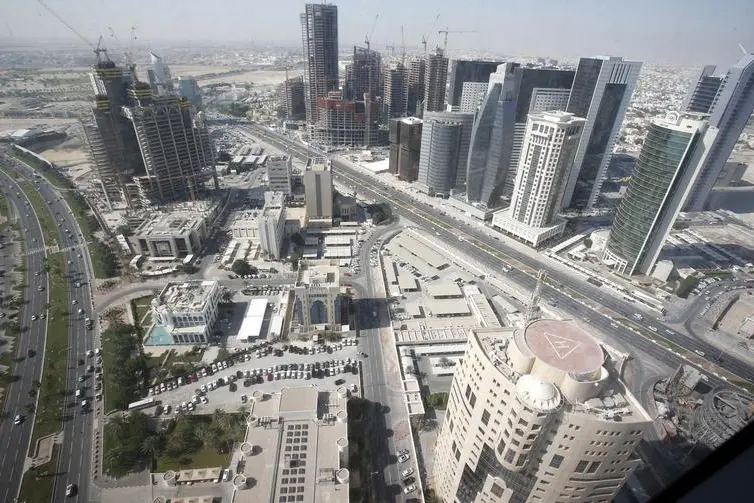PHOTO
DOHA: Qatar as part of efforts to reducing carbon footprints and achieving sustainable development will have the highest number of ‘green or carbon-neutral’ buildings across the Middle East and North Africa (Mena) region by 2030, said a senior official of Qatar Green Building Council (QGBC) yesterday.
“In Qatar, currently there are 220 LEED registered projects, and many more are in the process of registration. The number is increasing at a very promising rate… We have many such building being developed under QF. Msheireb Properties alone has more than 100 buildings. Then the entire Lusail smart city, which will be home to over 300,000 people, to be GASA certified. If we include the GSAS certified buildings, the number would double,” Meshal Al Shamari, Director of QGBC told The Peninsula on the sidelines of the 8th edition of global Hotelier Summit (Middle East), which kicked off here yesterday.
“The efforts towards sustainable development and green building is accelerating with the highest pace compared to other countries in the region. With in less than 10 years, today we have the second highest number of green buildings in the Mena region after the UAE,” he added.
Al Shamari noted that the green building specifications have now been adopted by so many organisations in Qatar as a mandatory requirement. Some of the big organisations which have made these requirements mandatory for its projects include Ashghal (Public Works Authority), municipality projects and Qatar Foundation (QF) projects. He said that the challenge is now with the private sector, but the upcoming regulatory framework is expected to make it mandatory even for the private buildings.
Al Shamari highlighted that 10 years ago the development of green buildings used to be relatively more expensive, but now most of the materials used in buildings are being replaced by green and environment-friendly substitutes.
Providing an instance, he also said that the use conventional lighting system has been prohibited by Kahramaa (the local utility distributor), and making it mandatory to use LED lighting solutions. And the new regulations with regard to insulation, air-conditioning system, water taps and other items are also required to comply with the green building specifications. “ I believe that over the next few years the use of traditional materials will continue to diminish at an increasing rate, which will eventually disappear from the GCC market,” he said.
Qatar, according to Al Shamari, has different rating systems for buildings, which include LEED (Leadership in Energy and Environmental Design), a third-party certification programme for green building, and GSAS (Global Sustainability Assessment System).
He also highlighted that the focus now is on promoting “passive buildings” that produces surplus power (using solar panels). Such buildings will not only be self-reliant in terms of power but will also have surplus electricity which can be transferred to grids.
“We did a pilot project, ‘passive house’, in collaboration with Kahramaa and Barwa (a real estate giant) and constructed two buildings with stringent sustainability requirements. It was a successful experiment. And during last winter, it produced surplus power which was feeding to the grid.”
© The Peninsula 2016












